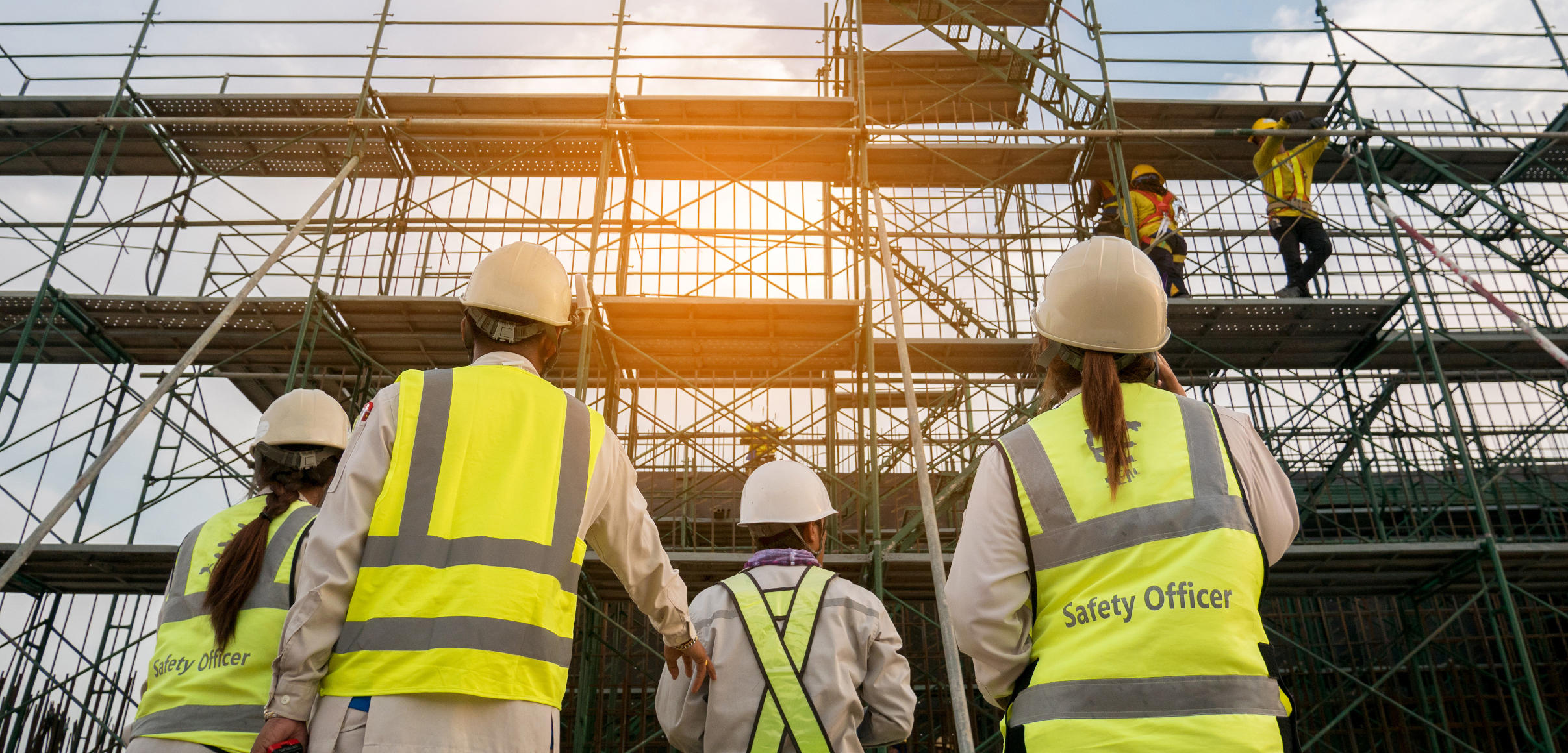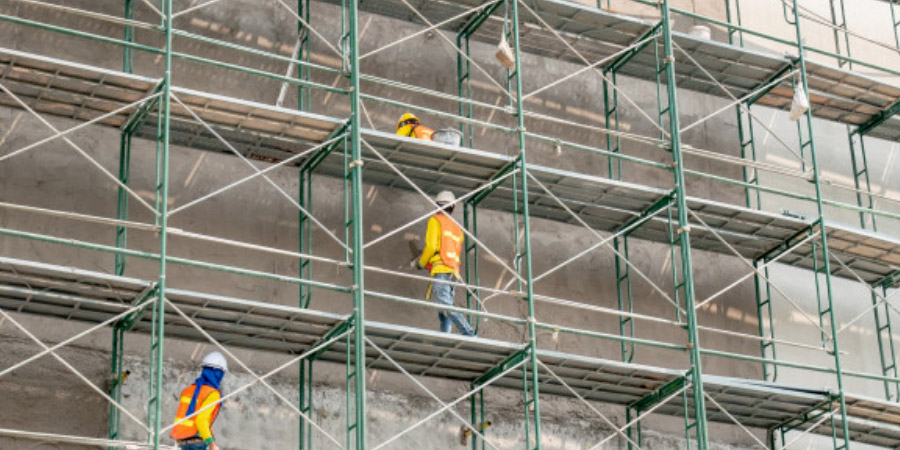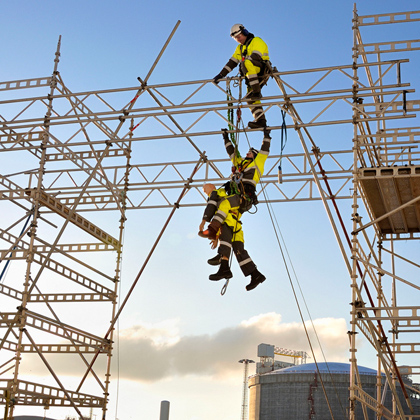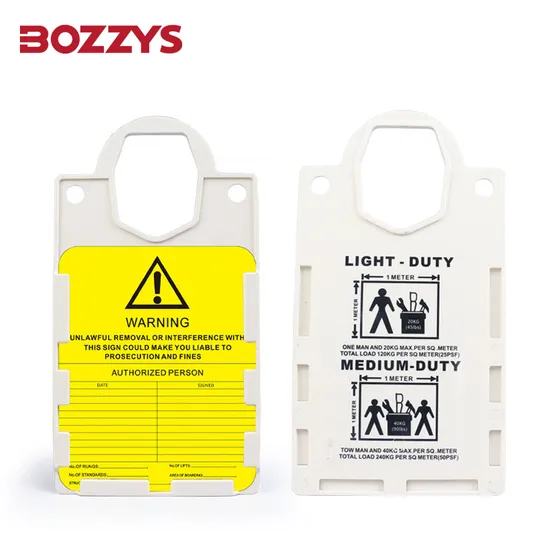Scaffolding is crucial for construction, especially in Saudi Arabia. But how does it work there?
Scaffolding provides a temporary structure for workers and materials on construction sites. In Saudi Arabia, this system is vital due to the country’s growing construction industry. With its unique climate and building standards, scaffolding must meet specific requirements. Safety, efficiency, and adaptability are key factors.
Understanding how scaffolding works in Saudi Arabia helps ensure safe and successful construction projects. This blog post will explore the types, regulations, and best practices of scaffolding in this region. Let’s dive into the details of how it all comes together.

Credit: saudiscaffolding.com
Introduction To Scaffolding
Scaffolding is a crucial part of construction projects. It provides a temporary structure used for supporting workers and materials. In Saudi Arabia, scaffolding ensures safety and efficiency in building projects. This blog post will explore the importance of scaffolding, types used, and its role in construction.
Importance In Construction
Scaffolding is essential in construction for many reasons. It offers a stable platform for workers to perform tasks at heights. This is vital for safety. It also allows easy access to different parts of a building. Workers can move materials and tools efficiently. This speeds up the construction process. Scaffolding also supports heavy materials. This ensures that the structure remains stable during construction. Without scaffolding, many construction tasks would be risky and slow.
Overview Of Scaffolding Types
There are several types of scaffolding used in Saudi Arabia. Each type serves a specific purpose. The most common types include supported, suspended, and rolling scaffolding. Supported scaffolding is the most widely used. It consists of platforms held up by rigid supports. These supports are usually made of steel or aluminum. Suspended scaffolding hangs from ropes or cables. It is used for tasks like window cleaning or painting tall buildings. Rolling scaffolding is similar to supported scaffolding. However, it has wheels for easy movement. This type is useful for tasks that require frequent repositioning. Understanding the different types of scaffolding helps in choosing the right one for each construction project.

Credit: www.arabianspar.com
Scaffolding Regulations In Saudi Arabia
Scaffolding Regulations in Saudi Arabia are crucial for ensuring the safety and stability of construction projects. Saudi Arabia has strict guidelines to maintain high standards. These regulations help in reducing risks and accidents.
Governing Bodies
Several governing bodies oversee scaffolding regulations in Saudi Arabia. The most notable is the Saudi Arabian Standards Organization (SASO). SASO creates and enforces safety standards for scaffolding. The Ministry of Labor and Social Development also plays a key role. They ensure compliance with labor laws and safety protocols. These bodies work together to promote safe construction practices.
Key Safety Standards
Saudi Arabia follows key safety standards for scaffolding to ensure worker safety. Below are some of the main standards:
- Proper Installation: Scaffolding must be installed by trained professionals. Only certified personnel can erect and dismantle scaffolding.
- Load Capacity: Scaffolding must support at least four times the maximum intended load. This includes the weight of workers, tools, and materials.
- Inspections: Regular inspections are mandatory. Inspections should be conducted before each work shift and after any incident.
- Guardrails and Toe Boards: These must be installed on all open sides of scaffolding. They help prevent falls and accidents.
- Personal Protective Equipment (PPE): Workers must wear PPE, such as helmets, harnesses, and non-slip boots.
These standards are essential for maintaining a safe work environment. Adhering to these rules minimizes risks and ensures project success.
Types Of Scaffolding Used
Scaffolding is crucial for construction projects. It ensures worker safety and structural integrity. In Saudi Arabia, different types of scaffolding cater to various construction needs. Understanding these types helps in selecting the right one for a project.
Supported Scaffolding
Supported scaffolding is the most common type. It consists of platforms supported by sturdy frames. Workers use these platforms to move around and perform tasks at different heights. Supported scaffolding is ideal for buildings and large structures. It provides a stable and secure working environment. The scaffold’s base rests on the ground, and it can be adjusted to different heights.
Suspended Scaffolding
Suspended scaffolding hangs from the top of a building. It uses ropes, chains, or cables. This type is perfect for tall buildings and structures. Workers can adjust the height by raising or lowering the platform. Suspended scaffolding offers flexibility and ease of use. It is often used for tasks like window cleaning and painting. The system ensures worker safety while accessing hard-to-reach areas.
Materials Commonly Used
In Saudi Arabia, scaffolding is essential for construction projects. The materials used for scaffolding must be durable and safe. Let’s explore the materials commonly used in scaffolding.
Steel Scaffolding
Steel scaffolding is strong and durable. It is used for heavy-duty construction work. Steel can support a lot of weight. It resists weather and lasts a long time. Steel scaffolding is also fire-resistant. This makes it safe for workers. It is easy to assemble and disassemble. This saves time on construction sites.
Aluminum Scaffolding
Aluminum scaffolding is lightweight. This makes it easy to move around. It is resistant to rust and corrosion. Aluminum scaffolding is perfect for small and medium projects. It is quick to set up and take down. Workers can carry it without much effort. Despite being light, aluminum is strong. It can support substantial weight safely.
Scaffolding Installation Process
The scaffolding installation process in Saudi Arabia is a crucial step in construction projects. Proper installation ensures safety and efficiency. It involves several stages, each with specific tasks and techniques. This section will explain the steps involved in the scaffolding installation process.
Initial Site Assessment
The first step in the scaffolding installation process is the initial site assessment. Experts visit the site to evaluate the ground conditions and surrounding environment. They check for potential hazards and obstacles. This assessment helps determine the type and amount of scaffolding needed. Workers also identify the best locations for support structures.
| Assessment Task | Details |
|---|---|
| Ground Condition Check | Evaluate soil stability and level |
| Hazard Identification | Identify potential risks and obstacles |
| Support Structure Planning | Determine optimal support locations |
Assembly Techniques
Once the site assessment is complete, the assembly process begins. Workers use various assembly techniques to construct the scaffolding. These techniques ensure stability and safety. The main steps in the assembly process include:
- Setting up the base plates and sole boards
- Installing the vertical standards
- Connecting the horizontal ledgers
- Adding diagonal braces for stability
- Placing the working platforms
Each component is secured using clamps and couplers. Workers follow strict safety guidelines during assembly. Regular inspections ensure the scaffolding remains secure throughout the project.
Using proper assembly techniques is vital for the safety of workers and the success of the project.
Safety Protocols And Measures
Ensuring safety is crucial in scaffolding operations in Saudi Arabia. Strict safety protocols and measures are in place to protect workers. These measures help prevent accidents and ensure smooth operations.
Worker Training Programs
Proper training is mandatory for all scaffolding workers. Training programs focus on key areas such as:
- Understanding scaffold types
- Correct assembly procedures
- Safe dismantling practices
- Identifying potential hazards
Training sessions include both theoretical and practical components. Workers learn to handle tools and equipment safely. Regular refreshers keep skills and knowledge up-to-date.
Regular Inspections
Routine inspections are vital for scaffolding safety. Inspections check for any signs of wear and tear. Inspections occur at multiple stages:
- Before assembly
- During use
- After dismantling
Inspectors look for issues like:
- Loose fittings
- Damaged parts
- Improper assembly
Immediate action is taken if any problem is detected. This ensures the scaffolding remains safe and secure for workers.
Challenges Faced
Working with scaffolding in Saudi Arabia presents unique challenges. Factors like extreme weather and cultural differences make it tough. Understanding these challenges is crucial for safe and efficient scaffolding operations.
Weather Conditions
Saudi Arabia experiences extreme weather. The summer heat can reach over 50°C. This intense heat poses significant risks to workers. Heat exhaustion and dehydration are common issues. Proper hydration and rest breaks are essential.
Strong winds and sandstorms also create hazards. These conditions can destabilize scaffolding structures. Regular inspections and secure anchoring are vital. Workers must wear protective gear to shield against the elements.
Cultural And Language Barriers
Saudi Arabia is culturally diverse. Workers often come from different countries. This diversity can lead to communication challenges. Language barriers make instructions hard to understand. Miscommunication can result in accidents.
Cultural differences also impact work practices. Understanding and respecting these differences is crucial. Providing multilingual training materials helps bridge the gap. Clear communication ensures a safer work environment.

Credit: www.petropanenc.com
Future Trends In Scaffolding
The construction industry in Saudi Arabia is evolving rapidly. Scaffolding, a key component, is also witnessing significant changes. Let’s explore the future trends in scaffolding in Saudi Arabia.
Technological Innovations
Technological advancements are transforming scaffolding. One major trend is the use of modular scaffolding systems. These systems are easy to assemble and disassemble. They save time and labor costs.
3D modeling and simulation tools are gaining popularity. These tools help in planning and designing scaffold structures. They ensure safety and efficiency. Workers can visualize the scaffold before building it.
Smart scaffolding is another trend. It includes sensors and IoT devices. These devices monitor the scaffold’s stability and safety. They provide real-time data to the construction team.
Sustainability Practices
Sustainability is becoming crucial in scaffolding practices. Eco-friendly materials are now preferred. Bamboo and recycled aluminum are popular choices. They reduce the environmental impact.
Many companies are adopting reusable scaffolding systems. These systems can be used multiple times. They minimize waste and save resources.
Some firms are implementing energy-efficient practices. For example, using solar-powered lighting on scaffolds. This practice reduces energy consumption and supports green construction.
| Technological Innovations | Sustainability Practices |
|---|---|
| Modular scaffolding systems | Eco-friendly materials |
| 3D modeling and simulation | Reusable scaffolding systems |
| Smart scaffolding with IoT | Energy-efficient practices |
Frequently Asked Questions
What Is Scaffolding Used For In Saudi Arabia?
Scaffolding in Saudi Arabia is used for construction and maintenance projects. It provides a safe platform for workers. It is essential for building high-rise structures and industrial facilities.
Are There Any Regulations For Scaffolding In Saudi Arabia?
Yes, Saudi Arabia has strict regulations for scaffolding. These regulations ensure safety and compliance with international standards. Companies must adhere to these rules to avoid penalties.
How Is Scaffolding Assembled In Saudi Arabia?
Scaffolding in Saudi Arabia is assembled by trained professionals. They follow precise guidelines to ensure stability and safety. Proper assembly is crucial to prevent accidents and injuries.
What Types Of Scaffolding Are Used In Saudi Arabia?
Various types of scaffolding are used in Saudi Arabia. Common types include suspended, supported, and rolling scaffolds. Each type serves different construction needs and site conditions.
Conclusion
Scaffolding in Saudi Arabia plays a crucial role in construction. It ensures safety and efficiency. Workers rely on it to reach high places. Proper training and equipment are essential. Regulations help maintain standards. This keeps projects on track. Understanding scaffolding basics can help anyone involved in construction.
Always prioritize safety and follow guidelines. With the right approach, projects can progress smoothly.

